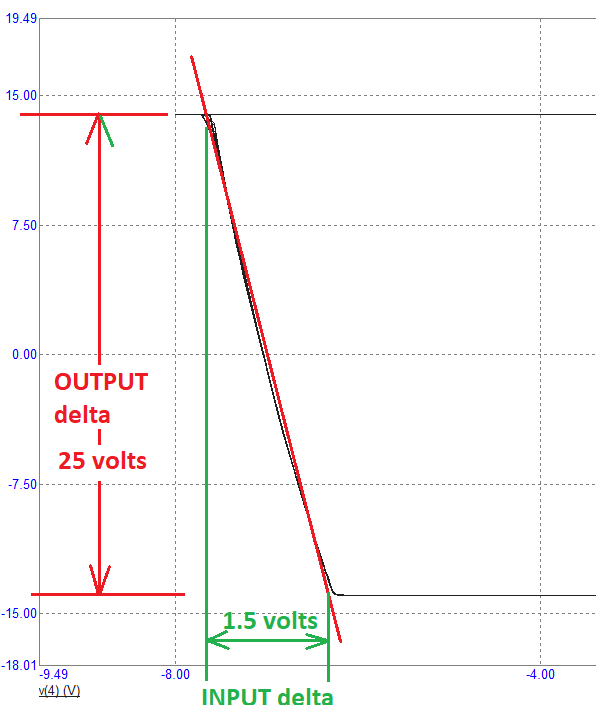You are right about the opamp being unable to instantly change its output potential. The reason for this is mainly parasitic capacitance and inductance present at every point in every circuit.
Choose any two points in a circuit, and those two points will have some amount of capacitance between them, which makes it impossible for potentials at either point to change independently of each other. Usually it's very small, and the effect is hardly noticeable, but when you start measuring things in microseconds and megahertz, you start to see its effects. Capacitance is manifest as an inability for the voltage somewhere to change instantly.
The same goes for inductance. No current path in any circuit is completely without inductance. Current makes magnetic fields, and magnetic fields make inductance. Inductance has the effect of causing current to continue to flow even when EMF is removed, and also to prevent current to begin flowing immediately as EMF is applied. The upshot is that electric current cannot change instantly in any conductor.
These two effects are present everywhere in real life op-amps (and indeed any component or circuit). Undesired capacitance in particular is compounded by their small size. All their nodes and current paths are so close together, that they all form "parasitic" capacitors with each other.
The two parameters of an op-amp which are most affected by parasitic capacitance are bandwidth and slew rate, the latter being related directly to your question. Slew rate is the maximum rate of change of potential that the output is able to achieve. In the datasheets for the popular TL071 and LM358 opamps, their output slew rates are clearly specified:
TL071

LM358

From this data it's clear that the TL071 will out-perform the LM358 in terms of sharpness of transistion in the role of schmitt trigger.






